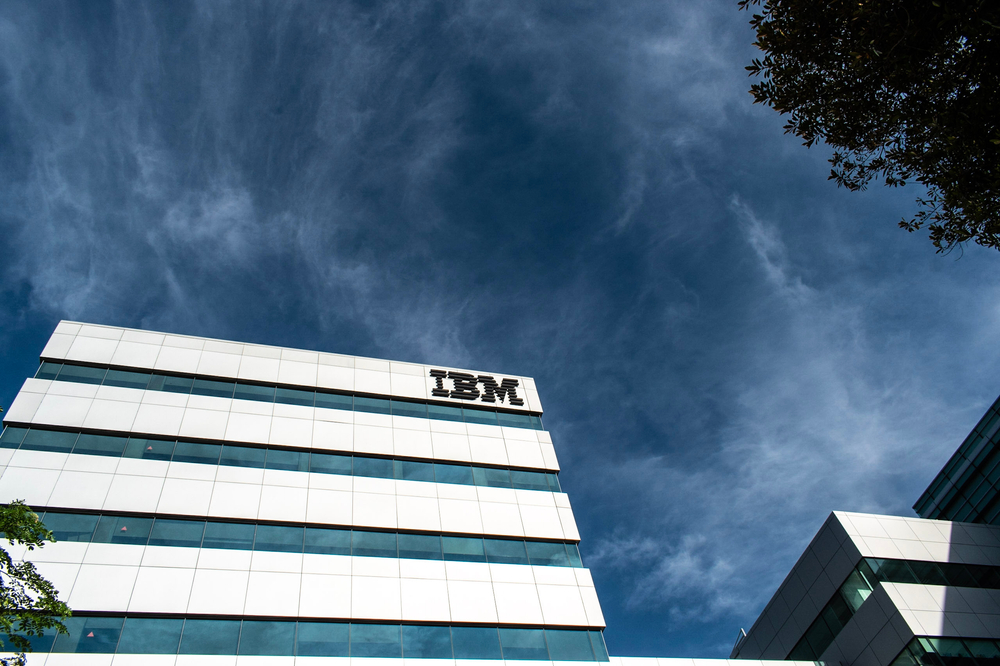Surge in multi-cloud adoption reveals wider challenges
Businesses are most occupied with security and ensuring they have the right expertise in managing emerging cloud environments


Although most businesses have adopted a multi-cloud strategy, there are significant challenges in the way these are being implemented including security and lack of expertise.
The adoption of multi-cloud approaches are on the rise, with the majority of companies across the world, approximately two-thirds, having deployed enterprise applications on two or more public clouds, according to findings by the Business Performance Innovation (BPI) Network, in partnership with A10 Networks.
Meanwhile, 84% of companies expect to increase their reliance on public or private clouds over the next two years.
The growth in multi-cloud adoption, however, has led to a rise in significant challenges facing businesses. Ensuring security, for example, across all clouds, networks, applications and data is the biggest concern for businesses.
This crucial challenge is followed by the need to acquire the necessary skills and expertise, as well as dealing with increased complexity in managing cloud environments. There’s also a key challenge in achieving centralised visibility and management across cloud portfolios.
“Multi-cloud is the de facto new standard for today’s software- and data-driven enterprise,” said the head of thought leadership and research for the BPI Network, Dave Murray.
“However, our study makes clear that IT and business leaders are struggling with how to reassert the same levels of management, security, visibility and control that existed in past IT models.
Get the ITPro daily newsletter
Sign up today and you will receive a free copy of our Future Focus 2025 report - the leading guidance on AI, cybersecurity and other IT challenges as per 700+ senior executives
“Particularly in security, our respondents are currently assessing and mapping the platforms, solutions and policies they will need to realise the benefits and reduce the risks associated of their multi-cloud environments.”
To highlight the scale of the challenge businesses face, just 11% of respondents suggested their companies have been ‘highly successful’ in realising the benefits of multi-cloud, despite a significant increase in adoption in recent years.
Businesses suggest they would prioritise centralised visibility and analytics, embedded into security and performance as a requirement for improving this, as well as automated tools to speed response times and reduce costs.
Other aspects needed include a centralised management portal from a single point of control and greater security scale and performance to handle increased traffic.
The individual tools businesses require included centralised authentication, centralised security policies, web application firewalls, and protection against DDoS attacks.
“The BPI Network survey underscores a critical desire and requirement for companies to reevaluate their security platforms and architectures in light of multi-cloud proliferation,” said vice president of worldwide marketing at A10 Networks, Gunter Reiss.
“The rise of 5G-enabled edge clouds is expected to be another driver for multi-cloud adoption. A10 believes enterprises must begin to deploy robust Polynimbus security and application delivery models that advance centralised visibility and management and deliver greater security automation across clouds, networks, applications and data.”

Keumars Afifi-Sabet is a writer and editor that specialises in public sector, cyber security, and cloud computing. He first joined ITPro as a staff writer in April 2018 and eventually became its Features Editor. Although a regular contributor to other tech sites in the past, these days you will find Keumars on LiveScience, where he runs its Technology section.
-
 Bigger salaries, more burnout: Is the CISO role in crisis?
Bigger salaries, more burnout: Is the CISO role in crisis?In-depth CISOs are more stressed than ever before – but why is this and what can be done?
By Kate O'Flaherty Published
-
 Cheap cyber crime kits can be bought on the dark web for less than $25
Cheap cyber crime kits can be bought on the dark web for less than $25News Research from NordVPN shows phishing kits are now widely available on the dark web and via messaging apps like Telegram, and are often selling for less than $25.
By Emma Woollacott Published
-
 The business value of Dell PowerFlex
The business value of Dell PowerFlexWhitepaper Minimize downtime and boost the productivity of IT staff with software-defined infrastructure
By ITPro Published
-
 Bring your storage from ground to cloud
Bring your storage from ground to cloudWhitepaper Dell APEX Storage for public cloud
By ITPro Published
-
 Tangible business value from cloud transformation remains elusive
Tangible business value from cloud transformation remains elusiveWhitepaper Discover the top five secrets to mastering cloud for business
By ITPro Published
-
 Cloud-enabled manufacturing
Cloud-enabled manufacturingWhitepaper Operations and IT leaders turn ambition into advantage
By ITPro Published
-
 Master the multi-cloud with Global Fabric
Master the multi-cloud with Global Fabricwhitepaper Achieve internet speed and reliability to match your business ambitions
By ITPro Published
-
 FinOps: A new approach to cloud financial management
FinOps: A new approach to cloud financial managementWhitepaper Best practices and culture to increase an organization’s ability to understand cloud financial management
By ITPro Published
-
 Grow your business and champion innovation with hybrid cloud
Grow your business and champion innovation with hybrid cloudWhitepaper Modernize applications for a more secure and sustainable transformation
By ITPro Published
-
 Mastering hybrid cloud
Mastering hybrid cloudWhitepaper Hybrid cloud drives your business' most transformational software and data-driven roadmaps for improved service delivery
By ITPro Last updated